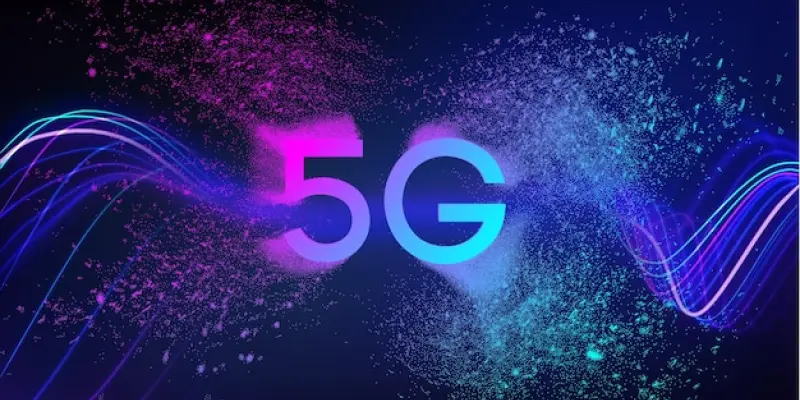As the technological era advances, developments in the telecommunications sector have become increasingly rapid and transformative. With 5G having established itself as a game-changer, the world now sets its sights on the next frontier: 6G. The potential of 6G is not merely an extension of the advancements made by 5G, but a significant leap toward a more integrated and intelligent network environment. At the heart of this progression is the integration of Artificial Intelligence (AI) and Integrated Sensing and Communications (ISAC), both of which promise to elevate technological capabilities far beyond current standards. In Korea, recent gatherings have seen the 3rd Generation Partnership Project (3GPP) laying the groundwork for 6G standards, while the European Telecommunications Standards Institute (ETSI) further elaborated on the expansive potential of ISAC as a central feature of this emerging technology.
The Pioneering Role of AI and ISAC
Artificial Intelligence appears set to play a critical role in the journey toward 6G, contributing to both network efficiency and user experience. By harnessing AI’s capacity for RF-based security alerts and dynamic network management, wireless systems can achieve heightened responsiveness and resource management. During the Mobile World Congress (MWC), companies like InterDigital have demonstrated the transformative power of AI, showcasing applications that dramatically improve device energy consumption and operational intelligence. Concurrently, Integrated Sensing and Communications is gaining traction as a foundational pillar. Seen as essential to 6G’s framework, ISAC promises to revolutionize not only how devices communicate but also how they interact within their environment, providing real-time, data-rich feedback that can inform a multitude of applications, from automated vehicles to smart city infrastructure.
Current Challenges and Future Prospects
Embarking on the path to 6G isn’t just about overcoming technical barriers; it’s also about making strategic decisions concerning its necessity and the right timing for its development. There’s considerable debate over whether 6G is needed immediately, especially when 5G still offers much untapped potential. However, tech leaders argue for a careful technological approach. Focus areas include advancements in Massive MIMO technology, full-duplex operations, and integrating terrestrial with non-terrestrial networks smoothly. Progress toward 6G holds the promise of remarkable innovation, demanding both collaborative efforts and practical foresight. The 5G network serves as a vital foundation, yet the ongoing development and thoughtful choice of new technologies will ultimately define the 6G landscape, tackling current challenges and gearing up for future demands. This journey continues to stir interest and discussions as the tech community considers its potential. Lessons from 5G lay the groundwork for possibly the next major technological leap.

